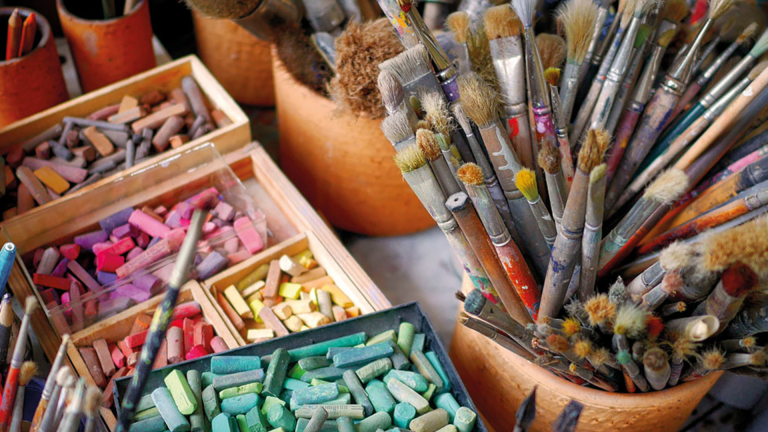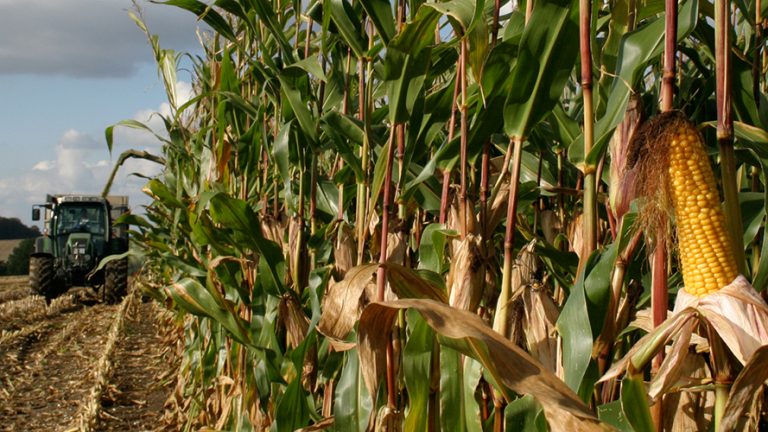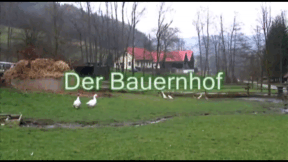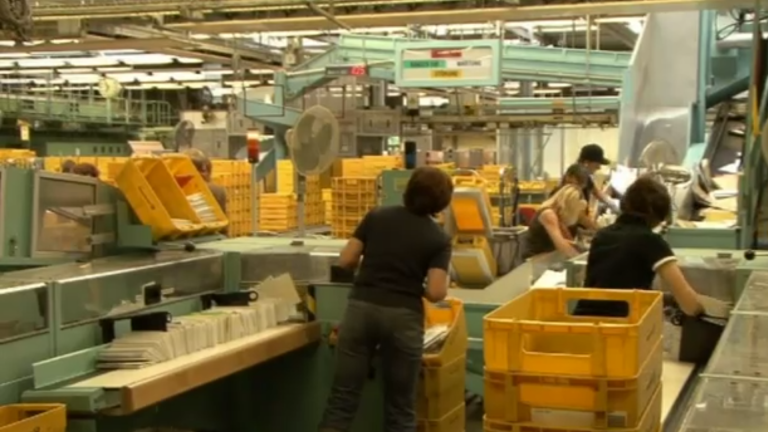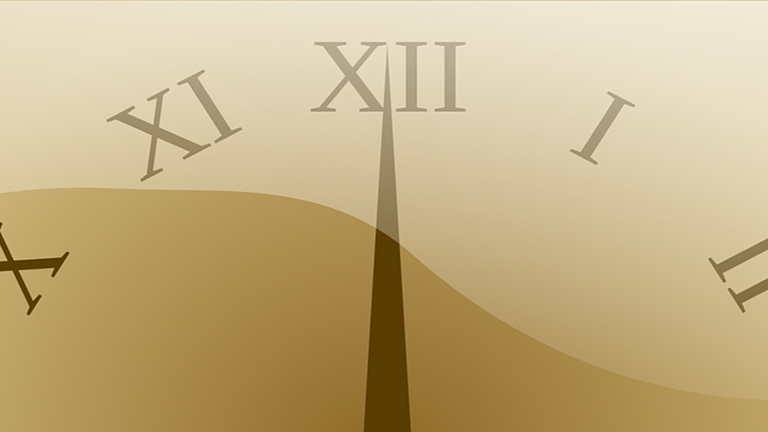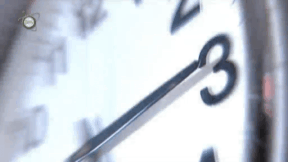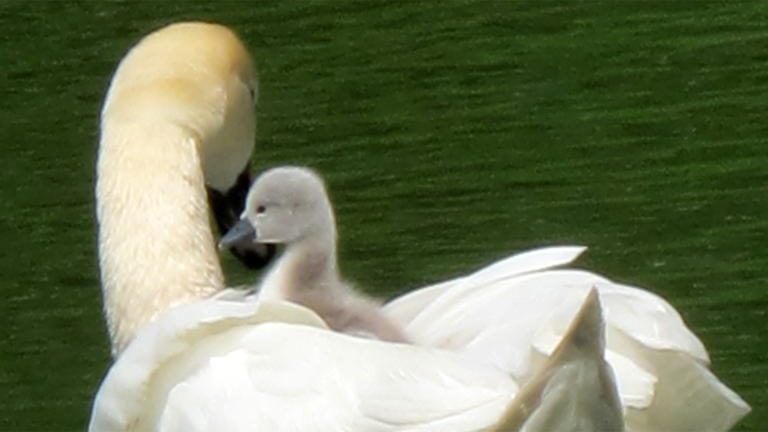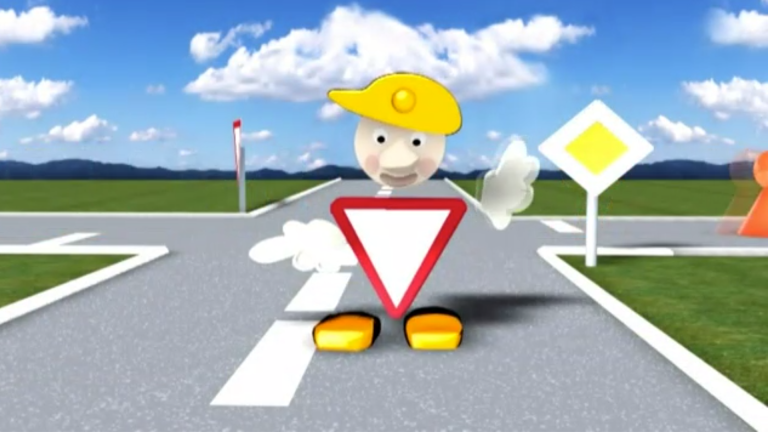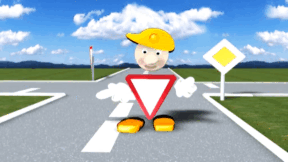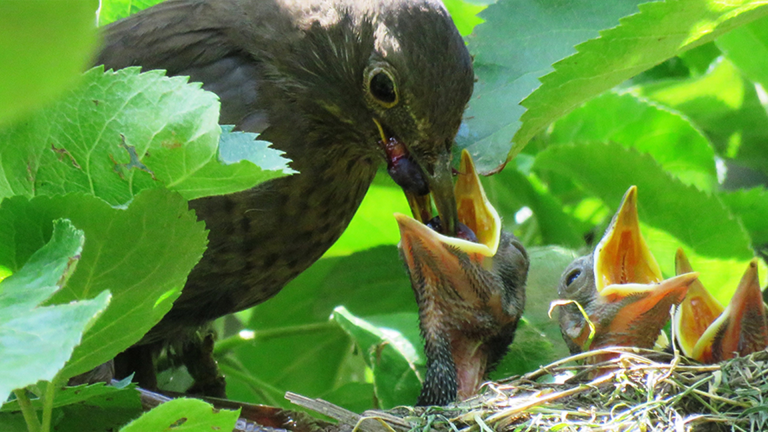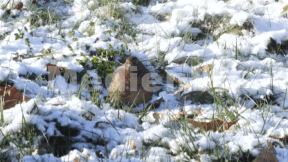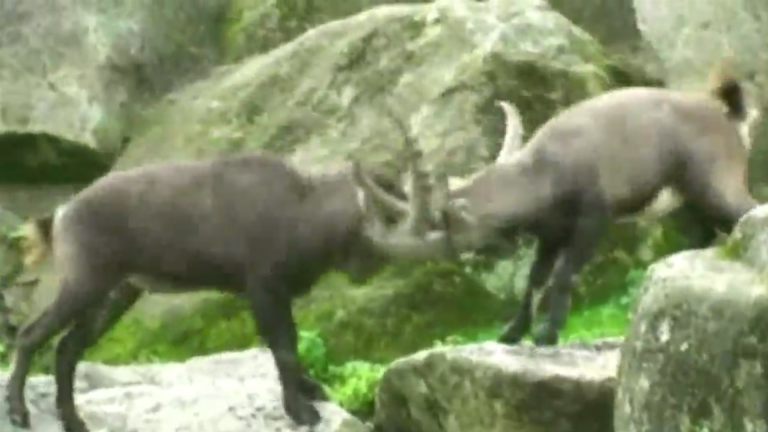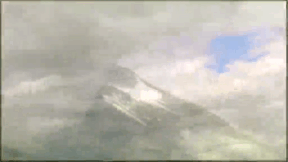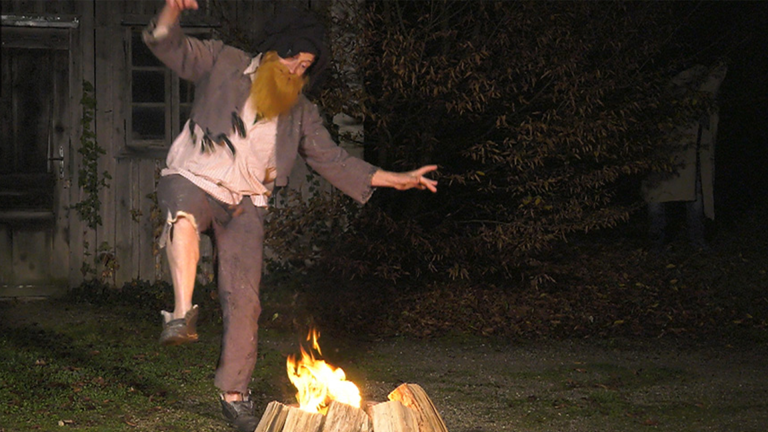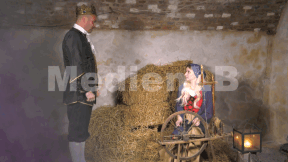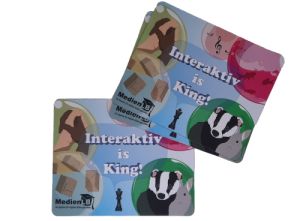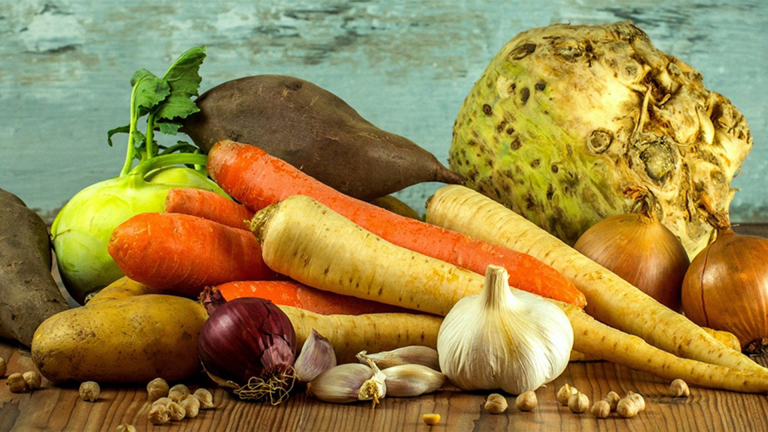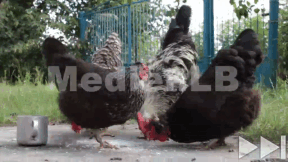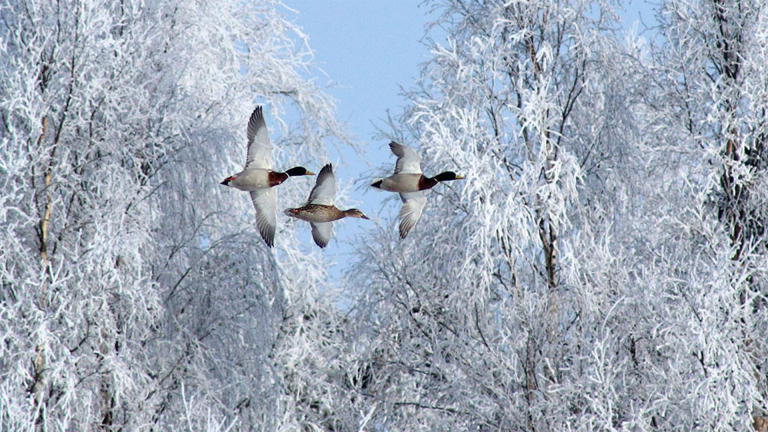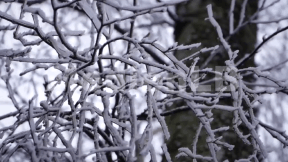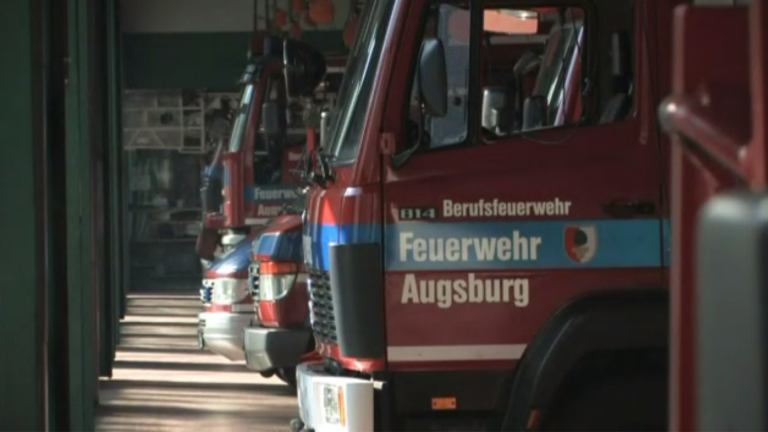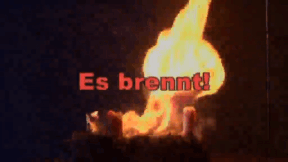Suche:
- # Artistry
- # Biology
- # Chemistry
- # Ecological
- # Economy
- # English
- # Foreign Language
- # Geography
- # German
- # Health
- # History
- # Informatik
- # Latin
- # Mathematics
- # Media Education
- # Music
- # Physics
- # Politics / Civics
- # Preschool
- # Primary School
- # Religion
- # Society
- # Sports
- # Technology
- # Training of Teachers
- # Vocational Education
The Making of a Children’s Book
Every year thousands of new books are published. You can get a notion of that vast number at the large book fairs in Frankfurt or Leipzig.
Learn moreThe Farm
This DVD offers some insight into the life on a farm today. In a way easily understandable for primary school pupils, the film shows with simple and tranquil pictures the daily work in an agricultural business. At the same time, a number of domestic animals are introduced to the children and they learn about their characteristics and lives as well as their use for us humans.The DVD covers the following aspects of the topic: Cows and cattle (modern milk production in the milking plant, cow-keeping on the pasture and in the cowshed, birth and rearing of the calves); pigs (pigs as productive livestock, characteristics, preferences, reproduction); poultry (free-ranging chicken, hatching of a chick, turkeys and geese as fat stock); horses and goats on the farm (information on these domestic animals, their use); small animals on a farm (cats, dog, bees, swallows); agricultural crops (types of cereal like wheat, barley and corn, tilling of the fields, transport and storage of hay using modern farming machines).The film is divided into six menu items (chapters). Each chapter can be individually accessed and worked on.
Learn morePostal Service
The postal service as an organisation for the delivery of news and retail goods through letters, postcards, parcels and packages is considered a part of the pupils‘ life experience and thus dealt with at primary school. This film is meant to illustrate this important procedural part of the children‘s lives and to make it intelligible to them. It deals with the writing, addressing, stamping and sending of a letter, with the importance of stamps, with the letter box and its emptying and the journey of a letter or a package from the sender to the addressee. Both as an introduction to the topic and as a tool in the hands of the pupils when working individually or preparing projects, the DVD and the didactically arranged accompanying material are perfectly suited for the classroom. A short excursus on the history of the stamp and a glance behind the scenes of a letter centre as well as a sorting centre, which usually cannot be visited, complete this informative DVD on the postal service.
Learn moreDie innere Uhr
Der Faktor Zeit bestimmt unser gesamtes Leben. Manchmal scheint sie dabei still zu stehen und manchmal scheint sie nur so zu rennen. Zeit ist zwar eine physikalische Größe, die sich durch Uhren bis auf Millisekunden messen lässt. Das tatsächliche Zeitempfinden ist aber bei jedem Menschen individuell unterschiedlich. Woran liegt es, dass dem Einen eine Stunde ewig lang vorkommt, der Andere aber das Gefühl hat, es sei nur ein Augenblick vergangen? „Schau dich schlau!“ will wissen: Was ist mir unserem Zeitgefühl los? Was bedeutet Zeit überhaupt?
Learn moreFrom Hatchling to Swan
This native water bird glides majestically across the water. It has a graceful curved neck. But how does a small “grey duckling“ change into an “elegant swan”? At the age of two to three years, Mute Swans can have swanlings and set out to find a mate. Already in autumn, the mating time for the Mute Swans begins, mating birds, however, can be seen until March. Here, Mute Swans show a behaviour quite unusual in Anatidae: males and females court each other.
Learn moreRoad Safety Education
Road safety education for children is a difficult task for parents, tutors and teachers. Correct behaviour in road traffic is extremely hard to learn for children. They are not aware of the dangers. But how can you raise their awareness without frightening them? How can you encourage their autonomy in road traffic without exposing the children to dangers? The give-way sign “Signo” guides the children through traffic. It describes the correct crossing of a street and shows the dangers of playing next to a street and the right behaviour for passengers in a car. The film also describes the right clothes in the dark, the safe bike and the most important traffic rules. “Signo” asks well-directed questions to actively include the children in what is happening. The accompanying material contains ideas for practical implementation, games, songs, active games and painting sheets on the subjects. Work sheets for primary school are also included. Based on this comprehensive material, the DVD is ideal for projects in kindergartens, after-school care centres and primary schools.
Learn moreBlackbirds
The blackbird is one of our most common and best-known songbirds. The nice thing about the blackbird is that it cannot be confused with many other bird species.
Learn moreNationalpark
In the Hohe Tauern National Park you can experience with all your senses the peaceful coexistence of wild nature and human creativity, the diversity of nature as well as its significance as an ecosystem preserve in the heart of Europe. Pristine forests, species-rich mountain meadows and the alpine primeval landscape of the highest mountains in Austria quite naturally evoke a thirst for knowledge.
Learn moreRumpelstilzchen
„Rumpelstilzchen“ gehört zu den bekanntesten Volksmärchen der Gebrüder Grimm. Mit viel Herz stellt der Film die Geschichte der schönen Müllerstochter und Rumpelstilzchen lebendig und anschaulich dar.
Learn moreHealthy Diet
For a healthy, balanced and vitamin-rich diet it is essential to know what basic ingredients are contained in our food. Let us take a look at the carbohydrates first. These are contained in bread but also in pasta, rice, potatoes and also in fruit such as bananas.
Learn moreTiere im Winter
Für die Tiere ist der Winter eine harte Zeit. Auf den gefrorenen Böden finden sie wenig Grünfutter, die Kälte kostet sie viel Energie.
Learn moreOn Fire!
This DVD provides information on the history of fires and the fire brigade. The firefighters’ job is vividly illustrated, including their tasks and equipment. The topic of placing emergency calls plays a major part on this DVD. For safety training pur- poses, fire brigade operations are shown, causes of fires dis- cussed and extinguishing fires is practiced. In particular, the appropriate conduct in the event of a fire (alarm, test alarm, escape route, emergency call, fire detector, fire extinguisher, etc.) and first-aid measures for burns are demonstrated. The fact that besides the familiar fire engine, there are also fire brigades on water, on land and in the air shows how diverse this job is. A visit to the youth fire brigade makes this DVD especially suited for primary school pupils.
Learn more



